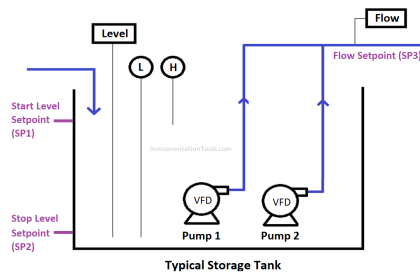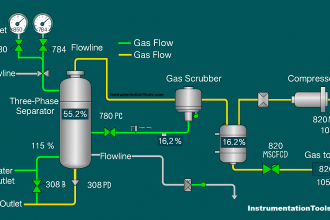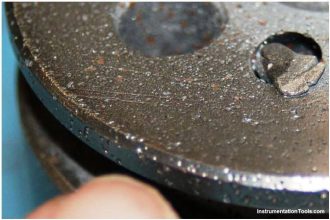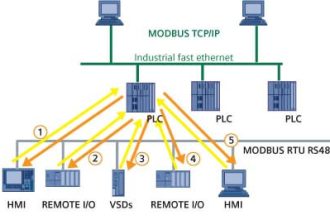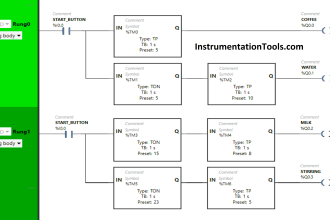A chart recorder is an electromechanical device that records an electrical or mechanical input trend onto a piece of paper (the chart).
Chart recorders may record several inputs using different color pens and may record onto strip charts or circular charts.
Chart recorders may be entirely mechanical with clockwork mechanisms, electro-mechanical with an electrical clockwork mechanism for driving the chart (with mechanical or pressure inputs), or entirely electronic with no mechanical components at all (a virtual chart recorder).
Chart recorders are built in three primary formats. Strip chart recorders have a long strip of paper that is ejected out of the recorder.
Circular chart recorders have a rotating disc of paper that must be replaced more often, but are more compact and amenable to being enclosed behind glass.
Roll chart recorders are similar to strip chart recorders except that the recorded data is stored on a round roll, and the unit is usually fully enclosed.
Chart recorders pre-dated electronic data loggers which have replaced them in many applications.
Chart Recorder
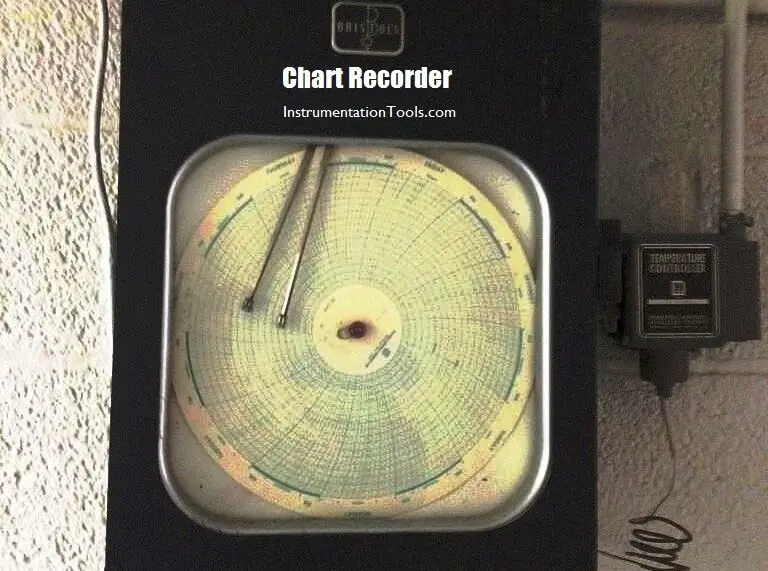
When the process to be tracked involves limited variables that do not require a PC-based interface, paper and pen can still be the way to go.
The advantage of a circular chart is its intuitiveness: at a glance, it gives a complete history of each selected variable over a specified period—a truly continuous display of a trend’s change with time.
Two types of Circular chart recorders are available
- Pneumatic
- Electronic
Pneumatic Circular Chart recorders operate by 3-15 psi transmitter signal, while Electronic Circular Chart recorders operate by 4-20 mA from transmitter signal with 230/24 V supply.
- Pens, which are used to form traces on a chart as this is rotated by a chart drive motor are moved by pen actuators along travel path that are parallel to a straight radius relative to the axis of chart rotation. The pen actuators are moved electrically/Pneumatically as determined by a representative of parameter values.
- Circular chart consists of circle called sectors and vertical lines called arcs. With sectors, process parameter values can be measured and arcs present time interval, for example, 1hr time interval between two arcs.
Circular Chart recorders can be mounted in local control panels also in central control rooms as per the operational convenience for reading process parameter.
Where Circular Chart Recorders are used?
Chart recorders are a familiar sight in manufacturing plants, where they track such variables as temperature, pressure, flow, pH, and humidity. Laboratories, meanwhile, use them to monitor scientific and engineering data generated in testing, diagnostics, statistical analysis, and other work requiring a graphic record.

How to Select a Chart Recorder?
Many applications are suitable and require the installation of a chart recorders. Before choosing one, make sure one has to consider the following questions:
- How many inputs need to be recorded?
- What types of inputs need to be recorded?
- Do different input types need to be recorded in the same unit?
- Is recorder to be bench style or panel mounting?
- Is color differentiation available for trend lines?
Charts are available in various sizes 8 inch and 12 inch, also in a wide variety of ranges
Advantages
Ideal for batch processes where a set process time is known. The charts are normally designed to rotate in standard time periods, such as 1 hour, 24 hours, 7 days, etc.
References : omega.com
Read Next:
- RTD Standards
- Transit Time Flowmeter
- PLC Data Instructions
- Hair Hydrometer Principle
- Instrumentation Cables Armor
